A brief introduction to the graded baking degree of the characteristics, flavor and taste of various famous coffee beans from the main coffee producing areas in the world
Professional coffee knowledge exchange more coffee bean information please follow the coffee workshop (Wechat official account cafe_style)
For more boutique coffee beans, please add private Qianjie coffee on Wechat. WeChat account: qjcoffeex
I. Brazil (South America)
Since 1960, coffee cultivation in Brazil has been ranked first in the world, with an average annual output of 24.6 million bags (60 kg each). According to the report of the United States Department of Agriculture in November 2002, the actual production of Brazilian coffee should be 51.6 million bags in 2002.
Brazil is the world's largest exporter of coffee, with an average annual trade volume of US $1.38 billion in coffee beans and instant coffee in the past 40 years. In 2002, the total volume of world coffee trade was 88.7 million bags, and Brazil exported 27.99 million bags, an increase of 19.3% over 2001, accounting for the world coffee.
30% of the trade volume ranks first (the second is Vietnam, with 12.2 million bags, accounting for 13.7%), an increase of nearly 8 percentage points from 22.3% in 1998. Europe is the largest buyer of Brazilian coffee, accounting for 50 per cent of Brazilian exports. In 2002, coffee exports to EC countries reached US $708.7 million, accounting for 52.3 per cent, with most of the rest sold to the United States and Asia. Coffee beans account for 85% of coffee exports.
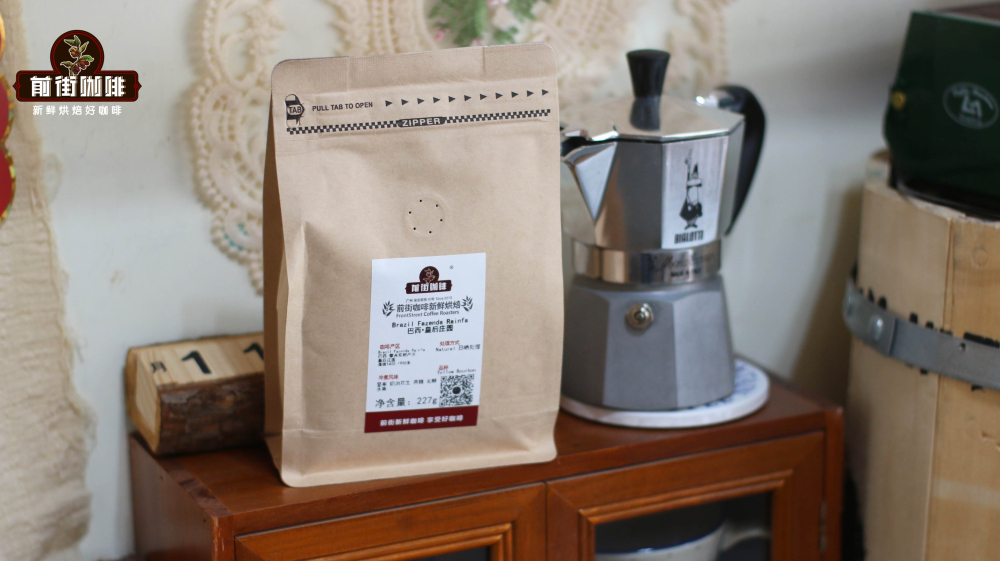
Brazilian coffee producing areas are mainly distributed in Minas, Esprito Santo, Sao Paulo, Parana, Rondonia, Bahia and other states. At present, the number of Brazilian coffee plants has reached 6 billion, about 3 million hectares. Minas is the main coffee producing area in Brazil, with an output of 22.71 million bags in 2002, accounting for 48% of the national output. The state of Esprito Santo is the main producing area of Brazilian large-grain coffee, ranking first in the country.
The main varieties of Brazilian coffee are divided into three categories, namely, large grain coffee (robusto), small grain coffee (arabico) and shelled cherry coffee (cereja descascada). Brazil's shelled cherry coffee accounted for 25% of the world's similar coffee, up from 19% in 1996. Due to the influence of market prices, Brazil is adjusting the structure of coffee varieties, reducing the area of small-grain coffee and expanding the area of large-grain coffee, while cherry coffee will be the focus of development, and the layout of coffee tends to extend to the northeast.
Name
Suitable for baking degree
Taste characteristics
Brief introduction
Brazil Coffee
Medium frying
Mild, moderate bitterness, soft fragrance
In particular, coffee beans that meet the four conditions of Brazil, Santos, quality type No.2, Screen 18: 19 and soft taste are the most praised and widely used.
2. Colombia (South America)
In 2002, the planting area of coffee in Colombia was 775000 hectares and the production area was 613000 hectares.
Colombian coffee is Arabica soft coffee. Colombia is one of the most important coffee exporters in the world. According to the statistics of the International Coffee Organization, Colombian coffee exports accounted for an average of 17% of the world's total coffee exports from 1991 to 1996, second only to Brazil (24% of the world's total exports). In 2001, the total global coffee export volume was 89.7 million bags, of which Brazil accounted for 26.2%, Vietnam 15.8% and Colombia 11.1%.
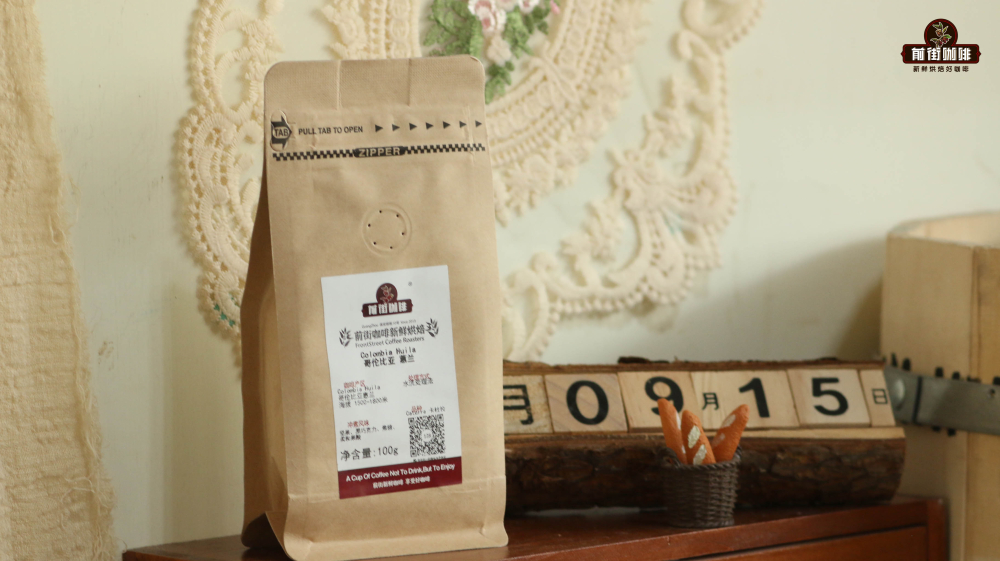
Colombia coffee is mainly exported to countries such as the United States, Germany, Japan, Belgium, France, Canada, the Netherlands, Sweden, Spain and so on. The United States is the largest export market for Colombian coffee.
Name
Suitable for baking degree
Taste characteristics
Brief introduction
Colombian Coffee
Moderate ~ depth
The taste of sour, bitter and sweet is strong and strong, and the color is like a brewed wine.
Coffee beans have a unique thick flavor, whether used as pure coffee or mixed are very suitable.
3. Vietnam (Southeast Asia)
French missionaries introduced coffee trees to Vietnam in early 1860, but it was not until 1990 that Vietnamese coffee production gradually occupied a place in the world market. In 2001, the total global coffee export volume was 89.7 million bags, of which Brazil accounted for 26.2%, Vietnam 15.8% and Colombia 11.1%. This is the first time that Vietnam has surpassed Colombia to rank second in the world. But the coffee beans in Vietnam are mainly cheap stout coffee beans, and the varieties produced are mainly Robart coffee beans. The sharp increase in Vietnamese exports contributed to the fall in the price of coffee on the international market.
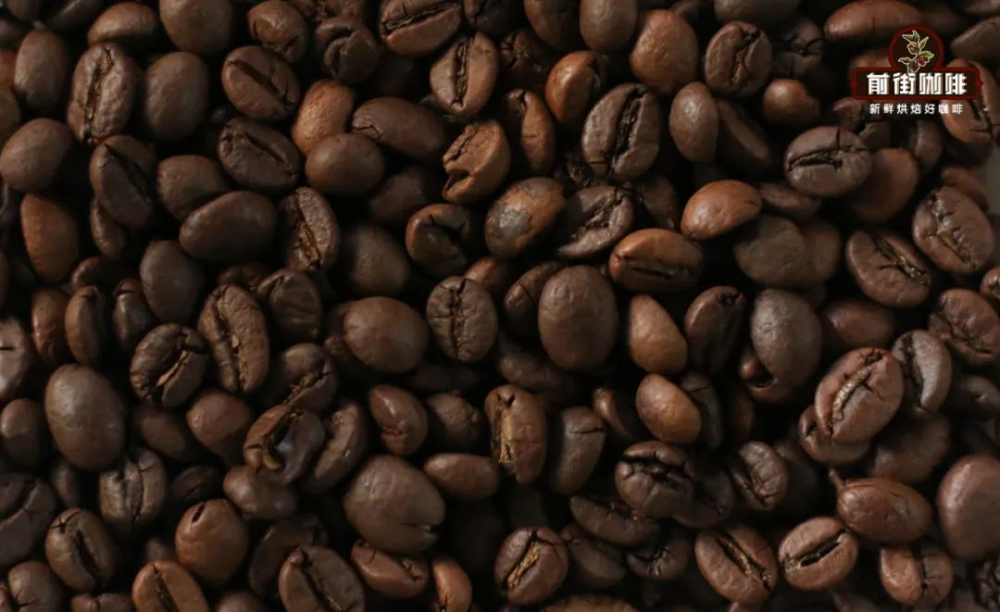
Indonesia (Southeast Asia)
Currently, Arabica coffee produced in Indonesia comes from three coffee producing areas: Sulawesi, Sumatra and Java. Sumatra is the most productive, famous for its Arabica coffee, with bright acidity and clean fruity aromas.
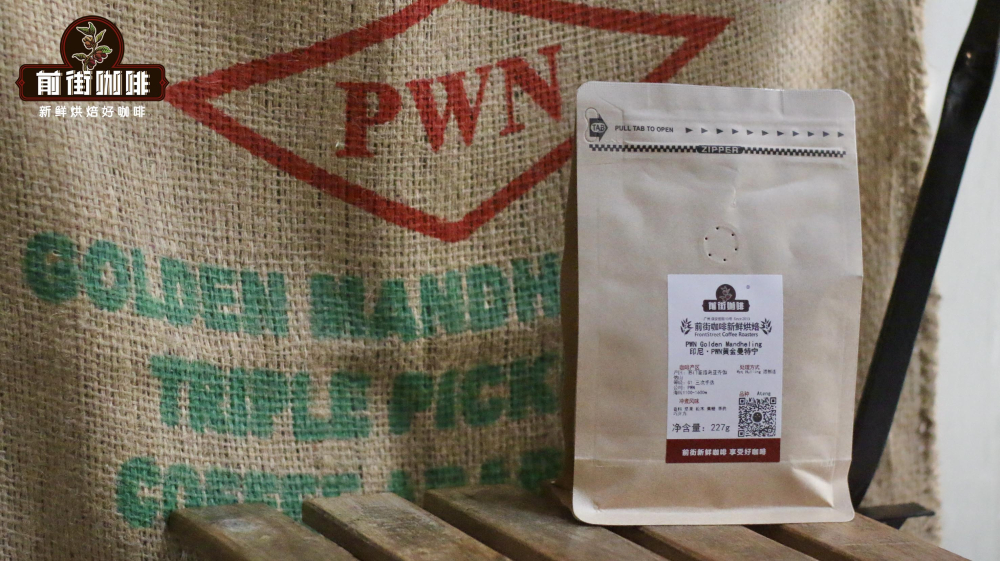
The coffee grown in the environmental soil of Sumatra is rich in woody tone and mellow taste, restrained flavor and lively and moderate acidity, as well as unique flavors such as herbal medicine, cedar, cocoa, fermented fruit and so on. Among them, Sumatra Mantenin is the most classic coffee bean among the coffee beans produced in Indonesia, accounting for only 25% of the Arabica coffee species, with excellent flavor, so it is called the representative of Indonesian boutique coffee.
Name
Suitable for baking degree
Taste characteristics
Brief introduction
Indonesian coffee
depth
Bitter and rich, but also sweet
The rich, mellow and honey-like taste from Toyo made it regarded as the best before the Blue Mountains appeared, and its unique flavor is still loved by many people today.
Mexico (China and the United States)
At the end of the 18th century, Mexico began to grow coffee. Coffee production was concentrated in the south near Guatemala, with mountains running through the east and west, making its mountains sloping, making it an ideal terrain for coffee cultivation. It was not until 1870 that there was a considerable amount of export. The largest exporter of Mexican coffee beans is the United States.
Name
Suitable for baking degree
Taste characteristics
Brief introduction
Mexican coffee
Moderate ~ depth
Sweet and sour with strong taste
Especially the water-washed coffee beans produced in the highlands have excellent aroma and sour taste.
VI. Guatemala (Central America)
There are few places in the world that offer a variety of high-quality coffee beans, such as those produced in Guatemala. The excellent quality of Guatemalan coffee beans is due to the unique conditions of their producing areas, including different climate change in each region, rich soil formed by volcanoes, abundant natural water resources, high-altitude mountains and shady and moist forests.
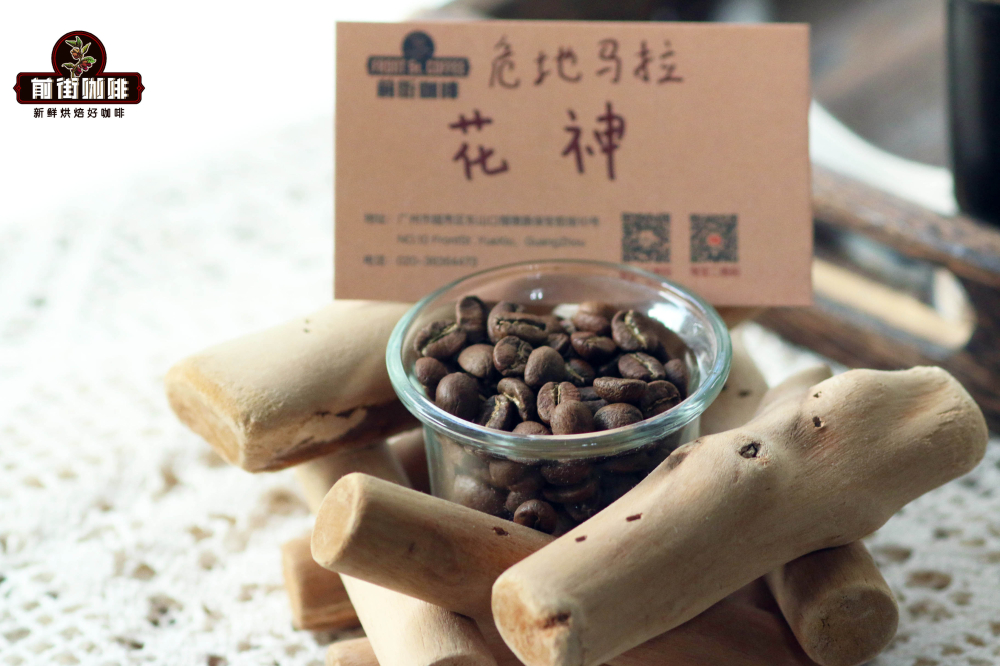
Guatemala has seven major coffee producing areas: Antigua,Coban,Atitlan,Huehuetenango,Fraijanes,Oriente and San Marcos.
The coffee beans in each producing area have their own characteristics, and they have won a lot of praise for Guatemala in the international community, especially the perfect coordination of the sour, sweet and mellow texture of Antigua; with a touch of smoke and a little more emphasis on its mystery, you will have reason not to look for alternatives everywhere after tasting.
Guatemalan coffee beans are mostly cultivated in high-altitude volcanic soils belonging to the most advanced Arabica varieties. Due to the long ripening period, the beans are medium and dense (Guatemalan coffee beans are graded not on the basis of particle size, but on the basis of shortcomings), and the bean color is dark turquoise. The unique sour taste of fragrance, mellow, sweetness and freshness is characterized by the aroma and taste of coffee beans hidden in its sour taste. Therefore, coffee beans with this characteristic can be called high-quality coffee beans.
Name
Suitable for baking degree
Taste characteristics
Brief introduction
Guatemalan coffee
depth
Bitter and fragrant, good taste
The coffee produced in the highland is mellow and has a good sour taste, which is well received and is the best material for mixed coffee.
7. El Salvador (Central America)
El Salvador is geographically close to Honduras, Guatemala and the North Pacific Ocean, with a beautiful natural environment and an amazing group of volcanoes. The topography of the country belongs to the highland topography, with an average altitude of 650 meters, and the territory is distributed between two parallel mountains (one parallel to the Pacific coast and the other on the border of Honduras). Five different natural biosphere are delineated in the country, regardless of soil, climate latitude, extensive natural shade and other conditions, indicating that El Salvador is very suitable for growing quality Arabica coffee. In fact, coffee has been one of the country's most important economic products since the 19th century.
The excellent Salvadoran coffee is bright but not aggressive, refreshing and well-balanced in medium roasting, with occasional plum and spicy aromas and generally thicker than neighboring Costa Rican coffee. Deep-roasted Salvadoran coffee often shows a charming, rich chocolate flavor. It is worth mentioning that the vast majority of El Salvador coffee is organic coffee. Although the country still produces a large number of low-altitude and low-price coffee beans, there are more and more manor-grade boutique coffee in El Salvador.
Name
Suitable for baking degree
Taste characteristics
Brief introduction
Salvadoran coffee
Moderate ~ depth
The sour, bitter and sweet taste is mild and moderate
Produced in the highlands, for the size of the large coffee beans, fragrant and mild taste.
Honduras (China and the United States)
Coffee beans are also classified according to the altitude. The washed coffee beans in the high mountains are better, while those in the lowlands are slightly inferior. Well-known producing areas are Santa Talbara, Gracias, Komayagya in the east, and Chortika near Nicaragua.
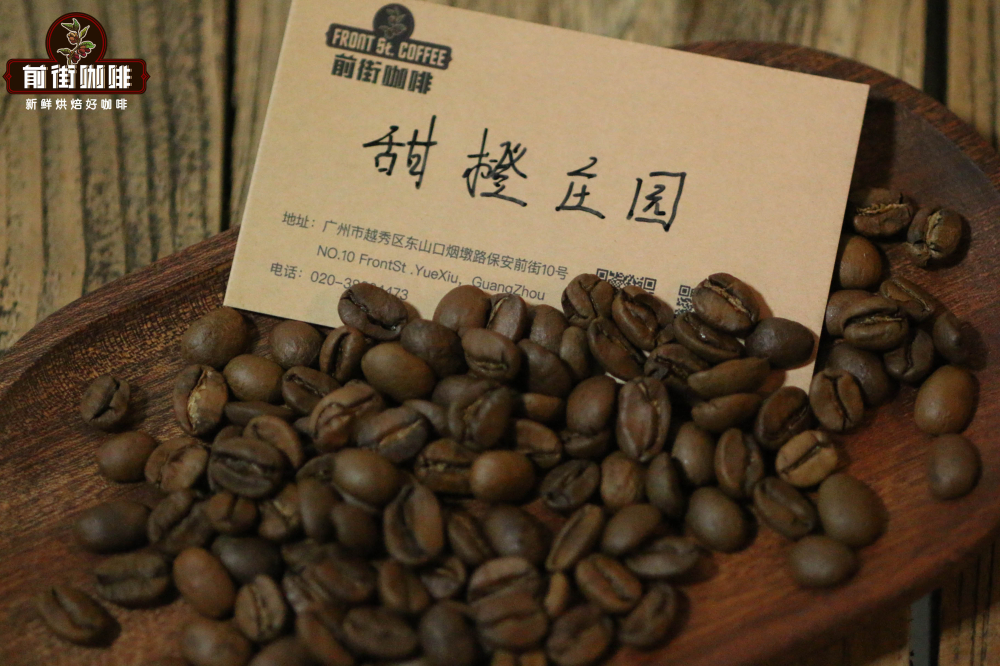
Name
Suitable for baking degree
Taste characteristics
Brief introduction
Honduran coffee
Moderate ~ depth
Sour but slightly sweet
Generally from medium to large grains, the taste is soft and unbiased.
9. Costa Rica (Central America)
Costa Rica is located in the volcanic belt of the low latitudes of Central America, the central plateau and mountains are about 800 to 2000 meters above sea level, suitable for coffee growth. Costa Rican coffee has always been famous for its well-balanced, clean, clear and berry-flavored fruit acid. Excellent Costa Rican coffee finishes with spicy and cocoa flavors.
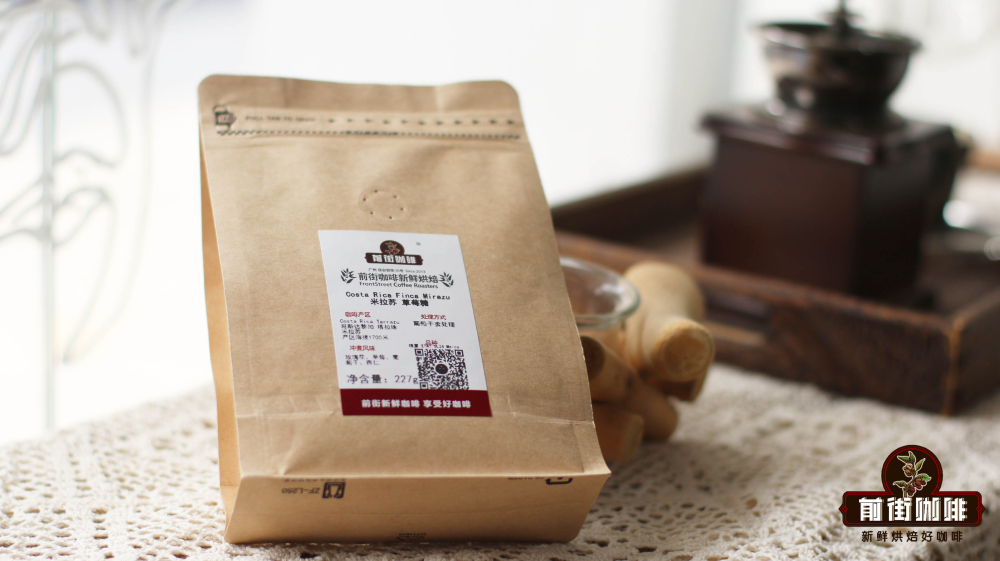
The most famous large planting area in the country is Tarrazu, which is near the capital San Jose. Tarazhu producing area has the highest average latitude and excellent climate and soil conditions, which makes Tarazhu the most famous and generally recognized coffee producing area in Costa Rica. Sanshui River (Tres Rios) is a famous small producing area in Tarazhu producing area. Boutique Coffee the most famous Costa Rican single estate coffee in the world is the La Minita estate in Tarazu District, which produces only 160000 pounds a year.
Name
Suitable for baking degree
Taste characteristics
Brief introduction
Costa Rican coffee
Moderate
The sour taste is moderate and mellow
Coffee beans belong to the large-grain type, especially those produced in the high areas along the Pacific coast.
Cuba (West Indies)
Cuba is famous for its cigars and coffee. Coffee was introduced by the French from Haiti in the mid-18th century. According to the size of coffee beans, Cuban coffee grades are divided into three categories: ETL (Super), TL (Intermediate) and AL (ordinary).
Name
Suitable for baking degree
Taste characteristics
Brief introduction
Cuba. Crisdale, Mt.
Moderate
It tastes stable. Balance of sour, bitter and sweet
Coffee beans belong to medium to large grains. In particular, Mount Crisdale is Cuba's proudest high-quality, large-shaped high-end coffee beans.
Jamaica (West Indies)
There are three grades of coffee in the Blue Mountains of Jamaica: blue Mountain Coffee (Blue Mountain Coffee), Alpine Coffee (Jamaica High Mountasin Supreme Coffee Beans) and Jamaican Coffee (Jamaica Prime Coffee Beans). Among them, Blue Mountain Coffee and Alpine Coffee are each divided into two grades. In terms of quality, the order from top to bottom is: blue Mountain 1, Blue Mountain 2, Gaoshan 1, Gaoshan 2, Jamaican Coffee. From top to bottom in terms of quality, NO.1, NO.2, NO.3 and PB,PB are round beans. According to the standard of CIB, the basic standard of blue mountain raw bean of NO.1 is beans with more than 17 mesh, defect rate less than 3%, moisture content about 13%, and so on.
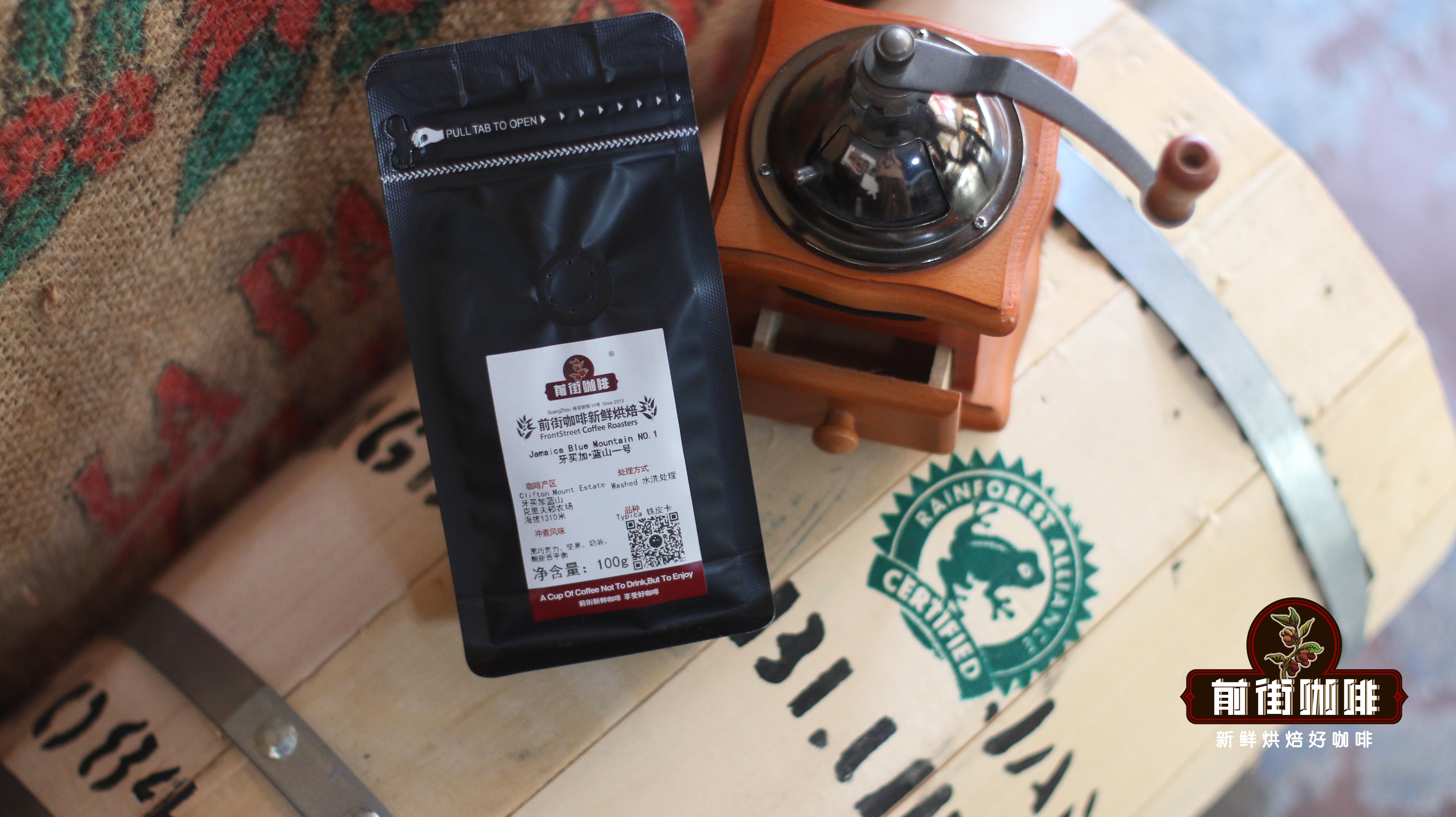
Name
Suitable for baking degree
Taste characteristics
Brief introduction
Jamaican Coffee
Mild to moderate
It has the same sour, bitter, sweet taste and good smell.
Among them, the flavor, aroma, concentration and sour taste of "Blue Mountain" are all very even. it is known as the best coffee and has a high evaluation.
Kenya (Africa)
Located in Kenya under the equator of East Africa, the coffee beans planted are high-quality Arabica species. Mocha small coffee beans introduced from Bourbon Island have a unique flavor and are suitable for mixing and are well received.
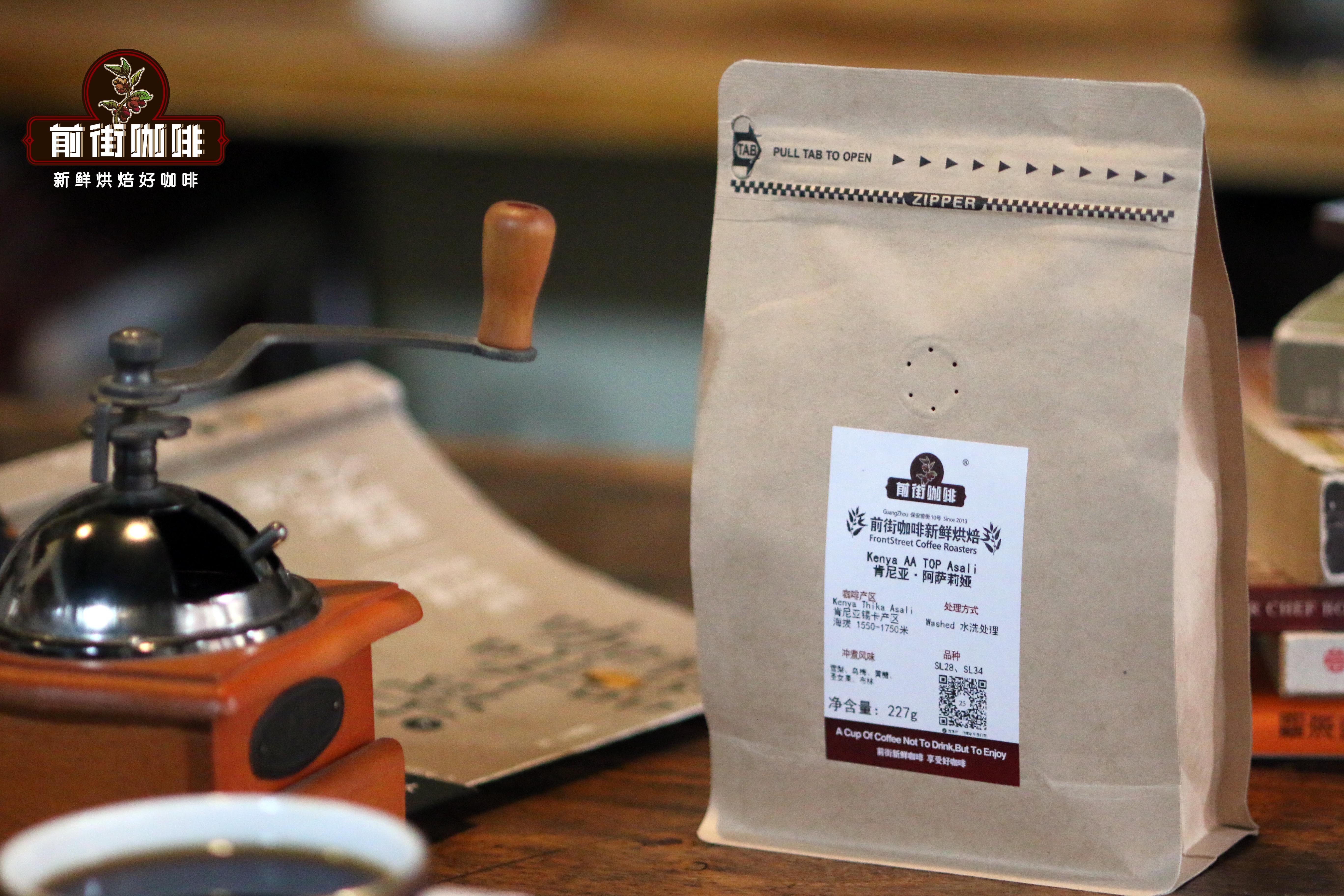
Name
Suitable for baking degree
Taste characteristics
Brief introduction
Kenyan coffee
depth
Strong sour and fragrant, Germany's favorite
In taste, "Kenya AA" is particularly well received.
Tanzania (Africa)
Tanzania is close to Kenya and other famous coffee producing countries, and coffee exports account for a very important proportion of the country's economy. Tanzanian coffee is usually aromatic, slightly sour and full-bodied and refreshing, and is famous for its northwestern Kilimanjaro mountains. Arabica accounts for 75% of the coffee produced in Tanzania and Robusta accounts for 25%. '
Tanzania produces a lot of adzuki beans (also known as round beans, Peaberry). After harvest, small beans with a round appearance are usually screened by vibrating automatic machines and sold to the international boutique coffee market at higher prices, which are widely welcomed by buyers in North America and Europe. Because of its appearance and internal density, bean fruit heats up faster than flat beans when baking, so it is relatively important to master the time when baking, which is suitable for light or even moderate baking.
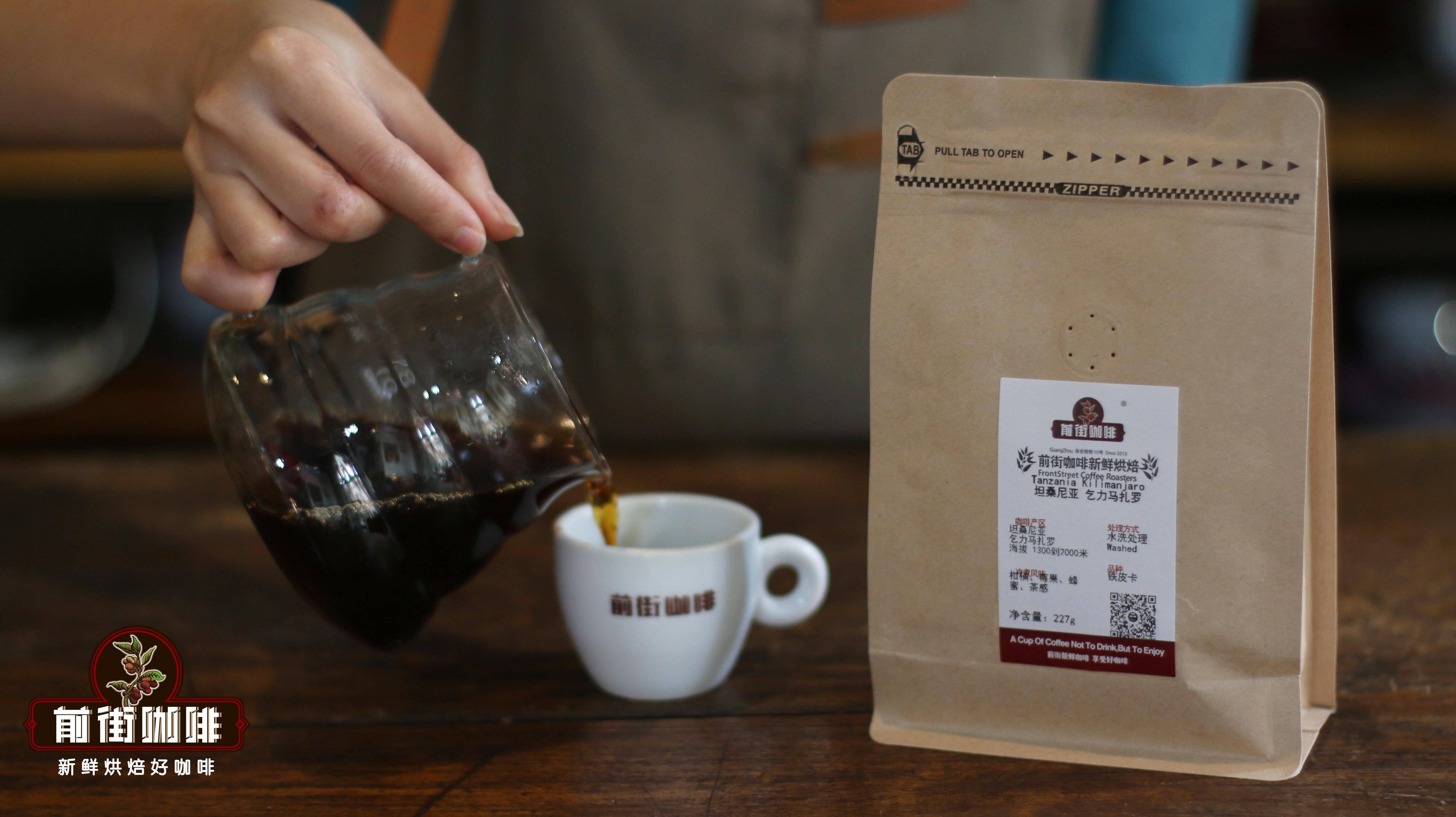
Under the light baking degree (City), the aroma is refreshing, the flavor is similar to Kenya, bright and prominent, with sweet taste, suitable for a single product to enjoy directly taste its own natural aroma. Under deeper roasting (Full City), the acidity decreases to very weak, and the sweetness is very prominent, so it is a good choice for preparing espresso formula. Tanzanian coffee has a more prominent aroma than ordinary coffee beans, unique and meticulous rich taste, drupe and chocolate aromas with rich fruit aromas, ever-changing, worth tasting.
Kilimanjaro coffee is produced in the foothills of Mount Kilimanjaro, the highest peak in Africa, and is the king of coffee in Tanzania.
Name
Suitable for baking degree
Taste characteristics
Brief introduction
Kilimanjaro Coffee
Moderate ~ depth
Moderate acidity, elegant and sweet flavor
The coffee beans grown in Arabica, especially the AA grade (large-grain beans), are the best.
Ethiopia (Africa)
Ethiopia is an agricultural country with a history and tradition of coffee origin. The name "coffee" comes from Kafa in the southwest, while Sidamo and Yejassefi in the south are the main producing areas.
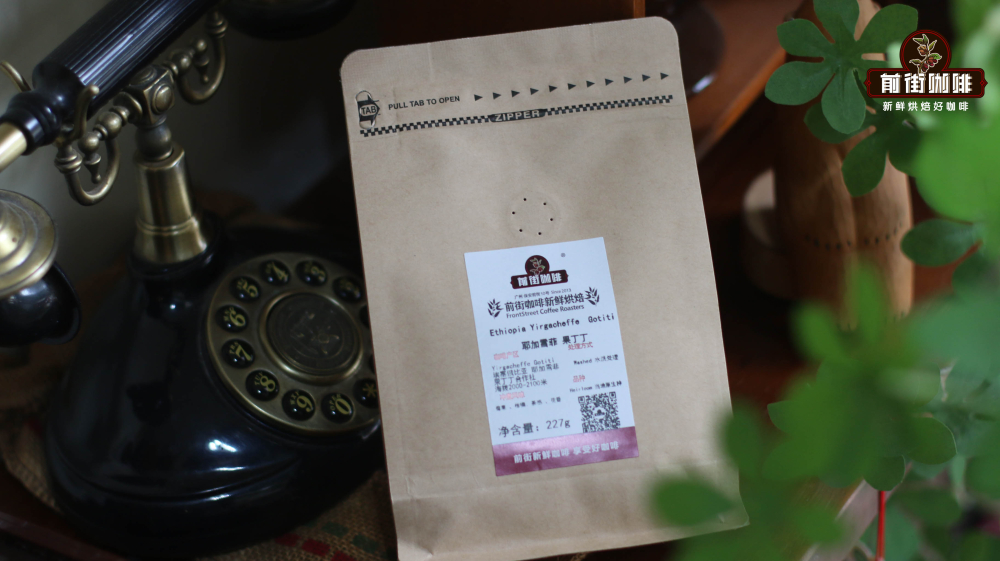
Name
Suitable for baking degree
Taste characteristics
Brief introduction
Ethiopian coffee
Moderate ~ depth
Both fragrant and sour, and the water-washed coffee has a strong sour taste
The beans are small and fragrant, and the special name of "Hara Mocha" and "Longgubeli" has a unique flavor, usually referred to only as "Mocha".
15. Yemen (Asia)
Yemen is the birthplace of Arabica species. The Yemeni mocha used to be a frenzy, with Yemen growing caffeine in an area of 1500m to 2500m. The planting height of Yemeni coffee determines the good quality of Yemeni coffee.
Name
Suitable for baking degree
Taste characteristics
Brief introduction
Yemeni coffee
Moderate ~ depth
Slightly sour and strong stamina, but also sweet
Together with the coffee produced in Brazil and Colombia, it is the three swordsmen who have been chosen as blended coffee.
Hawaii (America)
This is the representative product of Hawaiian coffee and belongs to Arabica. Due to the influence of climate, Jean Kona coffee beans contain strong floral aroma and a special flavor similar to drupe and cinnamon, which is not found in other coffees. it is one of the best coffee in the world, with an annual output of 2 million pounds. American coffee comes from Hawaii.
Name
Suitable for baking degree
Taste characteristics
Brief introduction
Hawaiian Kona Coffee
Moderate ~ depth
Smooth taste and moderate sour taste, mixed with other spices to make a special taste
Coffee enthusiasts know that "Old Kona" (old Kona) is a kind of soft coffee after the baptism of the years.
Important Notice :
前街咖啡 FrontStreet Coffee has moved to new addredd:
FrontStreet Coffee Address: 315,Donghua East Road,GuangZhou
Tel:020 38364473
- Prev

Introduction of sixteen coffee beans from different producing areas
Rwanda Kivu Rwanda-Coffee beans without Rwanda were introduced to Rwanda by German missionaries in the 20th century. Because of Rwanda's superior climate and unique geographical environment, growing coffee beans has a unique fruity and grassy aroma. There are many planting bases in Rwanda, but the coffee beans produced without machines are even better, not only because of their own uniqueness.
- Next

Characteristics of various boutique / individual coffee beans
Tips: the characteristics of individual coffee. Different from the common American coffee, latte and other coffee, boutique coffee must grow in a harsh environment, strictly control the production process, and after strict selection and classification, and finally after professional and meticulous roasting. It is rich in taste, excellent in flavor and beneficial to health. Taste high-quality coffee: you can experience it from five aspects: sour / bitter / glycol / alcohol / unique flavor
Related
- Guji coffee producing area of Guji, Ethiopia: Humbela, Shakiso, Wulaga
- What is the most expensive variety of Qiloso in BOP multi-variety group?
- How to store the coffee beans bought home?
- Why are Yemeni coffee beans so rare now?
- Ethiopian Sidamo all Red Fruit Sun Sun Santa Vini Coffee beans
- SOE is mostly sour? What does it mean? Is it a single bean? what's the difference between it and Italian blending?
- Is Italian coffee beans suitable for making hand-brewed coffee?
- How to choose coffee beans when making cold coffee? What kind of coffee beans are suitable for making cold coffee?
- Just entered the pit to make coffee, what kind of coffee beans should be chosen?
- Can only Japan buy real Blue Mountain Coffee? What are authentic Jamaican Blue Mountain coffee beans?

